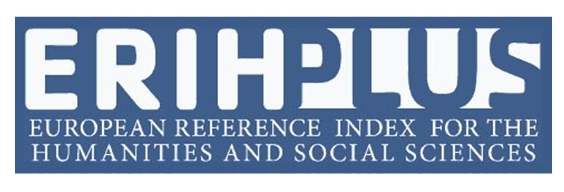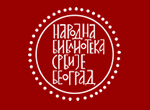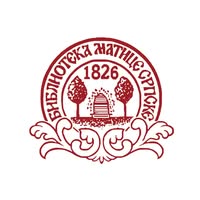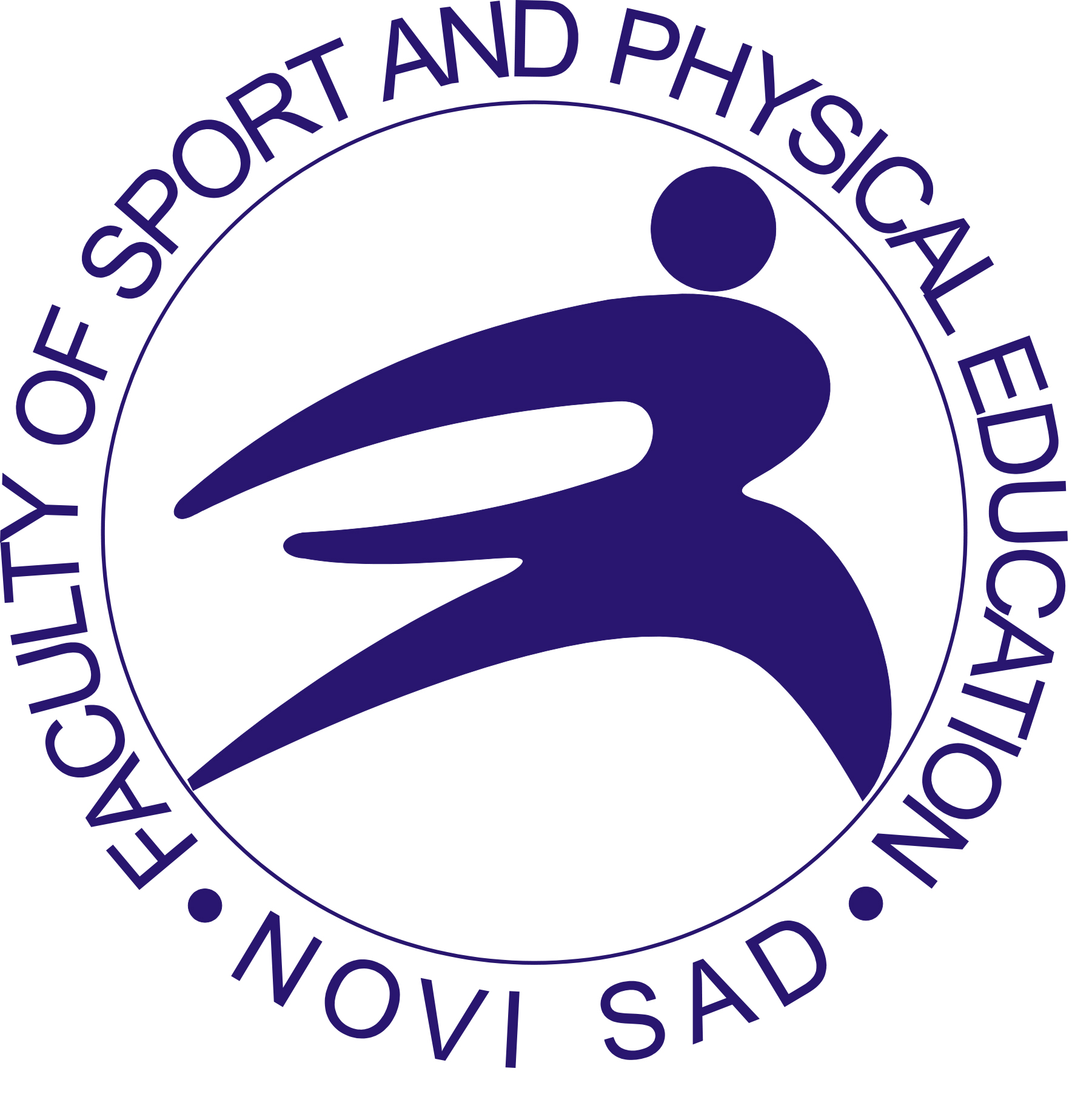Current issue
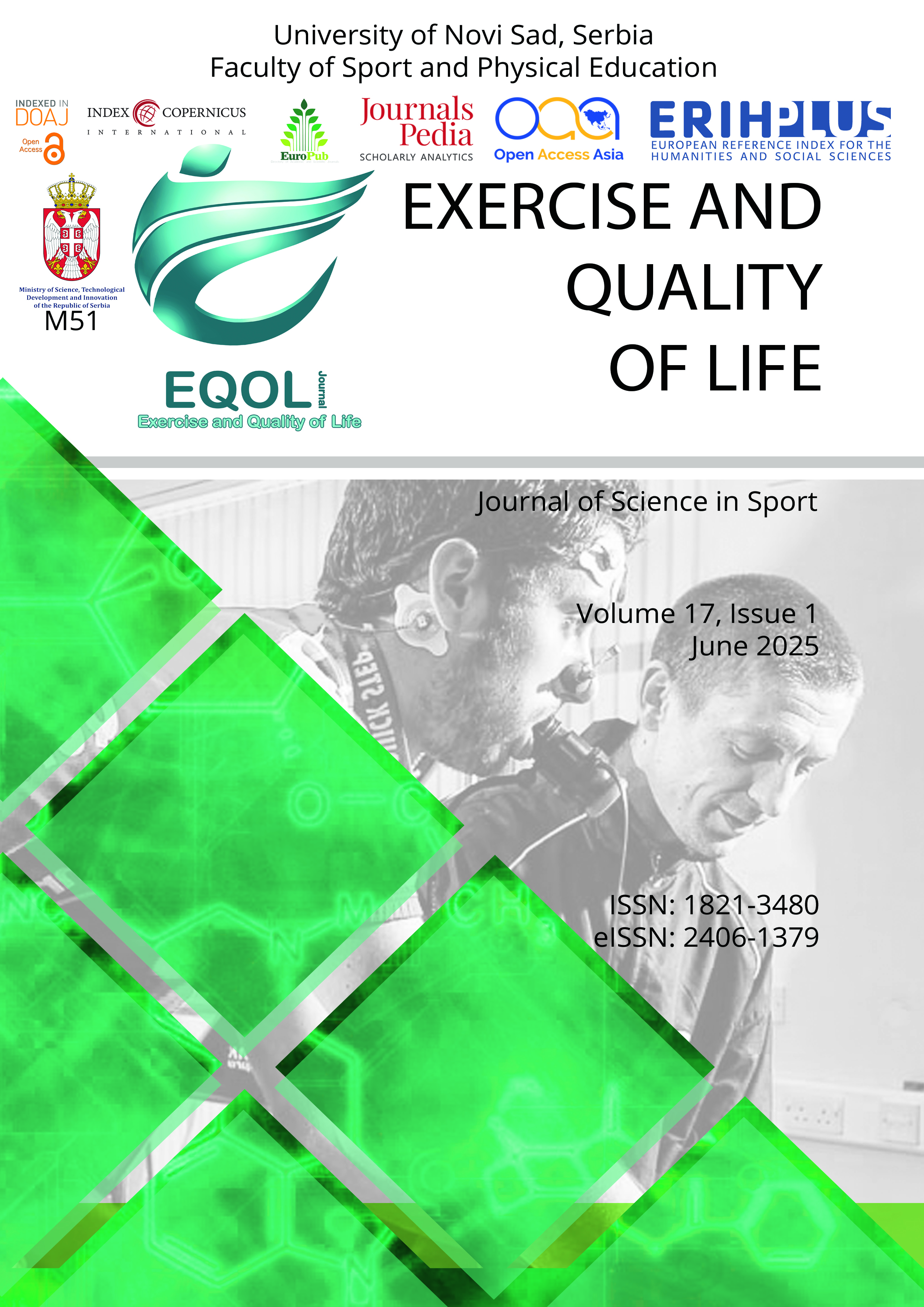
Volume 17, Issue 1, 2025
Online ISSN: 2406-1379
ISSN: 1821-3480
Volume 17 , Issue 1, (2025)
Published: 15.06.2025.
Open Access
All issues
Contents
15.06.2024.
Review scientific paper
Risk factors for shoulder injury in professional male handball players: A systematic review
Handball is a globally popular and physically demanding sport that requires high-intensity intermittent activities, with a particular emphasis on frequent ball throwing or shooting. The primary aim of this systematic review was to identify the risk factors for shoulder injuries in professional male handball players. The secondary aim is to propose preventive measures for reducing shoulder injuries in professional or elite handball players. This study followed the guidelines provided by the Preferred Reporting Items for Systematic Reviews and Meta-Analyses (PRISMA). Web of Science, PubMed, Science Direct, and Google Scholar were used to identify relevant studies. Only 8 studies met the eligibility requirements and were incorporated into the review. The Physiotherapy Evidence Database (PEDro) was assessed for the methodological quality of studies. Seven of the total eight studies were considered moderate quality, however, only one study was considered low quality. Based on this review findings, the following risk factors for shoulder injury are prominent among professional and elite male handball players. The primary factors for eventual shoulder injury are shoulder muscle imbalances, range of motion (ROM) discrepancies, glenohumeral internal rotation deficit (GIRD), and scapular dyskinesis. Also, in one study authors specified player position as a potential risk factor.
Damjan Jakšić, Stefan Maričić, Mila Vukadinović Jurišić, Marijana Čavala
09.12.2024.
None of above
Abstracts from the 3rd International Scientific Conference on “Novelties in Sport Science”
We are delighted to invite you to the 3rd International Scientific Conference “Novelties in Sport Science.” This event serves as a premier platform for researchers, practitioners, and enthusiasts to exchange ideas and explore the latest advancements in sports science.
The conference showcases a diverse range of topics, reflecting the dynamic and evolving nature of this field. From the role of probiotics in athletic performance to the ethical contrasts between martial arts and Western sports, the proceedings highlight a balance between tradition and innovation. Cutting-edge tools like the "Ski Easy" methodology and transformative findings in injury prevention and active aging underscore the impact of science on physical activity and health.
This year, special attention is given to sustainability and inclusivity. Presentations on sustainable sports tourism in Vojvodina and environmentally responsible sports practices emphasize the alignment of sports science with the United Nations' Sustainable Development Goals. Other contributions delve into the intersection of education and technology, exploring topics such as teaching English to sports professionals and using wearable devices to enhance cardiovascular health.
The global contributions at this conference reflect a shared mission to foster collaboration and innovation. From improving injury recovery to engaging youth through cognitively enriched activities and advancing talent identification tools, these studies demonstrate the power of sports science to enhance quality of life across diverse populations.
We extend our sincere gratitude to the authors, reviewers, and organizing committee for their invaluable efforts. Let this event inspire meaningful dialogue, foster international partnerships, and drive new advancements in our field.
Together, we continue to push the boundaries of sports science, ensuring its relevance in an ever-changing world.
Patrik Drid and Damjan Jakšić
Patrik Drid, Damjan Jakšić
15.06.2021.
Original scientific paper
Somatotypes and handgrip strength analysis of elite Serbian sambo athletes
The aim of this study was to establish whether there are differences between weight categories in different anthropometric measurements and handgrip strength between elite Serbian male and female sambo athletes divided into weight categories. A total of 70 elite Serbian sambo athletes participated in the study, who were participants of the World Cadet Sambo Championship held in Novi Sad. Athletes are classified into categories according to gender and official weight categories. Using anthropometry, we calculated somatotypes and hand-grip strength. For statistical analysis, we used a one-way analysis of variance and Tukey’s post hoc tests to compare group differences by weight categories. Somatotype analysis shows that a typical somatotype in male sambo athletes was endomorphic mesomorphs. In female groups, the most common somatotype in the lightest categories was mesomorphic ectomorphs, and in the heaviest categories were endomorphic mesomorphs. Examining the handgrip for both left and right hand, as well as in total, shows that there is a statistically significant difference between the categories. In total, the strength of the handgrip increases progressively in groups. In male categories, the difference exists between the first 4 groups and -78kg, as well as between -42kg and -46kg and the heaviest weight category. Differences between weight categories in female athletes were found between the lightest group and last six groups in total, in favor of the last six. Anthropometric measurements revealed a statistically significant difference between weight categories. Mesomorphy was the most dominant somatotype in male categories, while female athletes differed concerning weight category. The achieved results can serve as data to compare the somatotype and handgrip strength of elite sambo athletes on a national and international level. These findings suggest that the handgrip strength and somatotypes are the keys to success in relation to the weight category.
Jelena Slankamenac, Tatjana Trivić, Damjan Jakšić, Miodrag Drapšin, Nemanja Lakićević, Patrik Drid
16.12.2020.
Original scientific paper
Psychometric properties of a Serbian version of the State-Trait Anxiety Inventory X-2
Given that anxiety is a significant individual disposition that affects sports performance, this study aimed to verify the latent variables obtained by the State – Trait Anxiety Inventory X-2, and to compare the obtained factor solutions with the proposed model of latent variables. The second aim refers to the presentation of the results of the questionnaire State – Trait Anxiety Inventory X-2 answered by Serbian male and female handball players. The research was conducted on a sample of 170 respondents, 99 male and 71 female handball players, aged 14 to 39 years (average age = 21.9) with an average handball playing career of 9.39 years. Towards the end of 2019, the respondents filled in the above-mentioned questionnaire used to assess anxiety as a personality trait. Exploratory factor analysis with certain modifications of the algorithm was applied to determine accurately latent space. The overall analysis was performed using the R statistical package. Four factors were selected based on the conducted factor analysis of the latent space of the questionnaire. Ten, five, three and two items are projected on the first, second, third and fourth factor respectively. Since internal reliability of the fourth factor was 0.394 it was excluded from further consideration and interpretation. The achieved scores on four separate factors show that Serbian male and female handball players achieve average results on the first (Presence of Trait anxiety) and the third factor (Absence of proactivity), while they achieve scores above the average on the second factor (Positive affect). In order to examine the sex differences between the examined variables, a one-way analysis of variance was performed. The findings show that there is no statistically significant difference on all three factors between the scores achieved by male and female handball players. A statistically significant difference between handball players of different competitive ranks appeared only on the Positive affect factor between the top athletes and the athletes in the second league (p = .04).
Damjan Jakšić, Jovana Trbojević Jocić, Stefan Maričić, • Bülent Okan Miçooğulları
01.12.2016.
Original scientific paper
Socio-economic characteristics of families and physical activity of children
This study presents the results of empirical research conducted with the aim of analyzing differences in the physical activity of children in relation to the socio-economic characteristics of their families. The research was conducted by applying a questionnaire distributed to pupils aged 11-12 years, who live in the city of Novi Sad (the city and the village of Rumenka, Veternik, Kac, Bukovac, Futog). Bearing in mind that the work is a part of a broader research, the authors' attention was focused on the objective, and the evaluation of the respondents on the socioeconomic status of the family, as well as differences in physical activity among boys and girls, and children who live in urban or rural setting. As dominant in this study stands out the finding of the author that the socioeconomic characteristics of families significantly affect the intensity, form and quality of physical activity of children. Since such a finding puts children living in families with low socioeconomic status into a disadvantaged position, the authors believe that with the findings of this and compatible researches it is needed to familiarize with the wider academic community, in order to include other social institutions in the process of affirmation of physical activity as an important lifestyle quality in children and youth.
Zoran Milošević, Nebojša Maksimović, Ivana Milovanović, Radenko Matić, Damjan Jakšić, Jovan Vuković
01.06.2011.
Original scientific paper
RELATIONS BETWEEN ANTHROPOMETRIC CHARACTERISTICS AND LATENT DIMENSIONS OF STRENGTH IN PERSONS OF ABOVE-AVERAGE MOTOR ABILITIES
Mere enrollment on the Faculty of Sport and Physical Education assumes that the population has been selected according to several criteria. One of the most typical criteria is motor development, hence students of sport and physical education might be treated as persons of above-average motor abilities. Test battery of 17 anthropometrical tests and 14 strength tests has been applied on the sample of 149 males, students of the Faculty of Sport and Physical Education in Novi Sad. The purpose of this paper is to determine relations between anthropometrical measures and latent dimensions of strength. Within the latent space of strength, after Promax rotation of major components and based on KG criteria, three strength factors have been isolated: static and repetitive strength, especially that of hands and trunk to a lesser degree, explosive strength of legs, and explosive strength of arms. Finaly, three statistically significant canonical correlations have been isolated. The first is that of explosive strength of arms having negative correlation with all anthropometrical variables, the second is explosive strength of legs which is in negative correlation with subcutaneous fat tissue of upper leg and triceps, but in positive correlation with the measures of longitudinal dimensionality of skeleton, whereas the third is static and repetitive strength of arms (and trunk to a lesser degree) being in negative correlation with body height and leg length.
Milan Cvetkoviċ, Damjan Jakšiċ, Dejan Orlić

